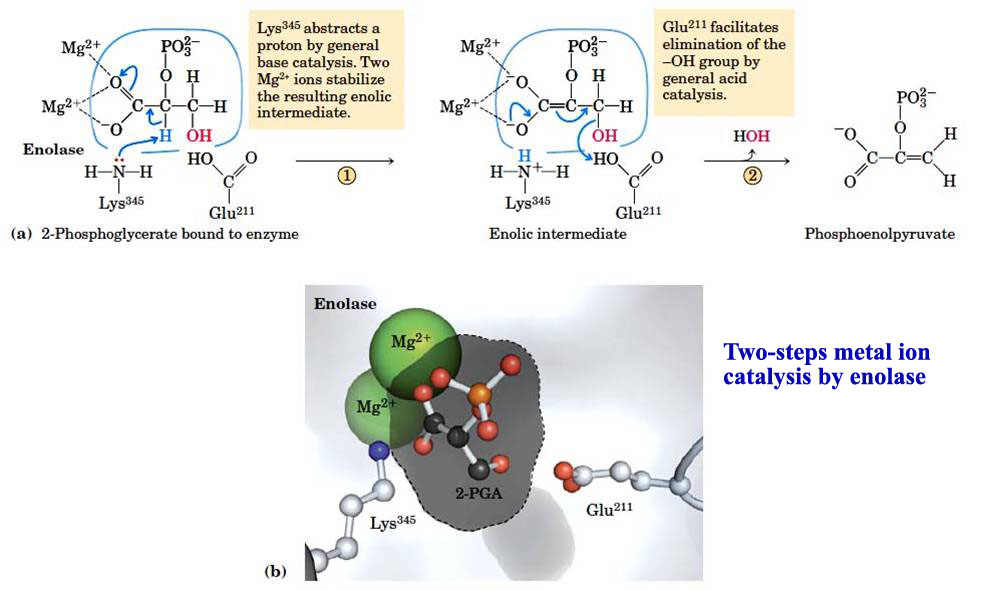
Enzyme V(II) Catalytic Mechanisms II: Metal Ion catalysis; Catalysis by Approximation, Strain and distortion
Enzyme V(II) Catalytic Mechanisms II: Metal Ion catalysis; Catalysis by Approximation, Strain and distortion
Once a substrate is bound to an enzyme, properly positioned catalytic functional groups aids in the cleavage and formation of bonds by a variety of mechanisms, including:
Metal ion catalysis
- Nearly a third of all known enzymes require one or more metal ions for catalytic activity
- Metals, either as prosthetic group tightly bind to the enzyme or as transiently bind to the enzyme at the time of reaction can participate in catalysis in several ways:
- Metal ions can serve as electrophilic catalyst, stabilizing negative charge on a reaction intermediate.
- Stabilize transition state and reactive intermediates.
- Act much like a proton but can be present in high concentration at neutral pH and can have multiple positive charges.
- Help to generate strong nucleophile group.
- Bind to substrates to insure proper orientation.
- Metals can mediate oxidation-reduction reactions by reversible changes in the metal ion’s oxidation state.

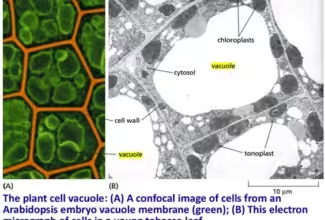
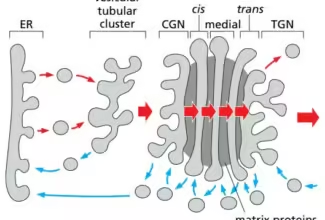


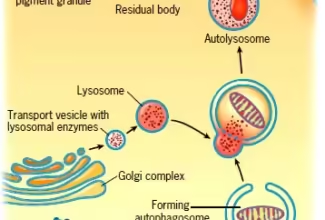
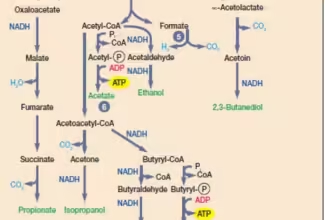


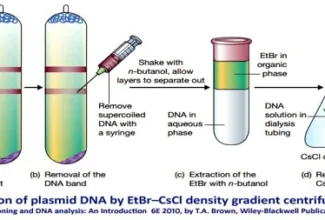

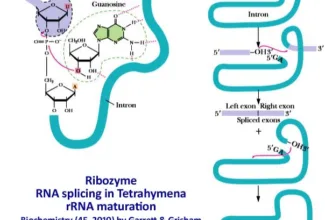
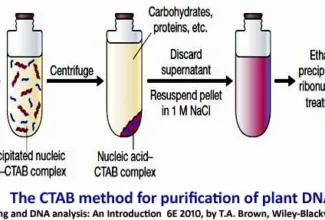



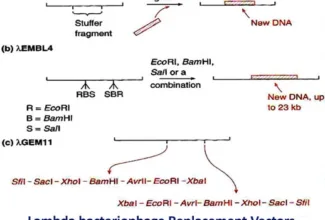








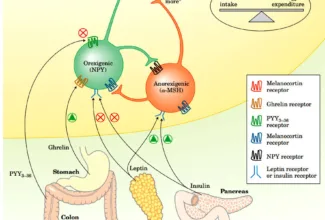

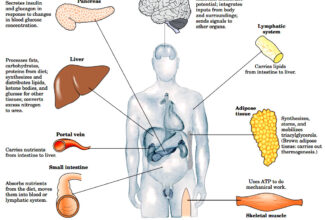




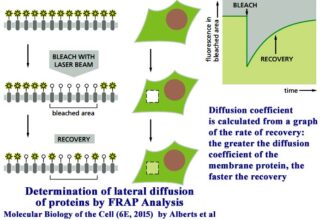
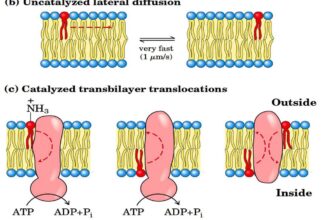

















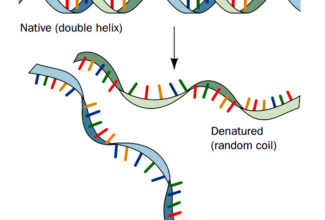



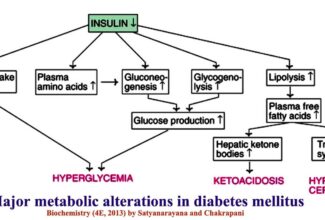



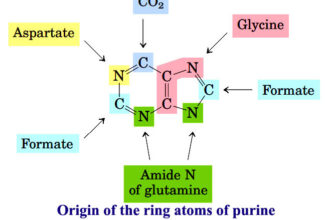














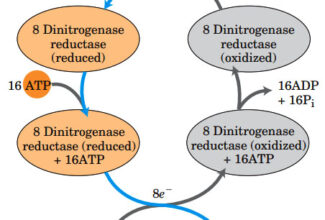






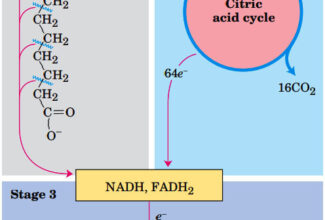











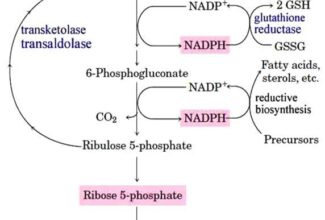






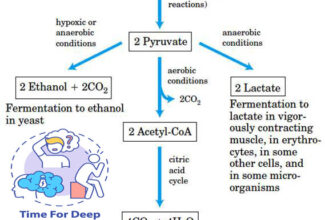
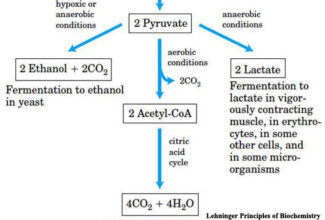












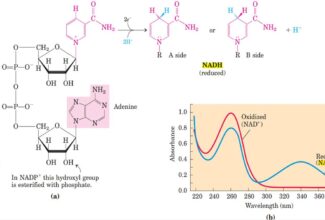








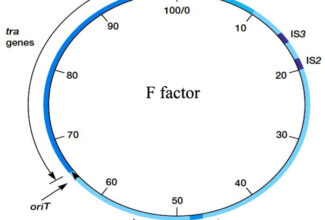

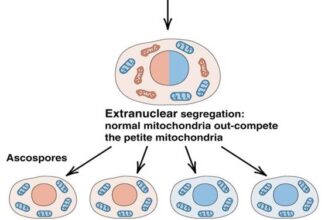












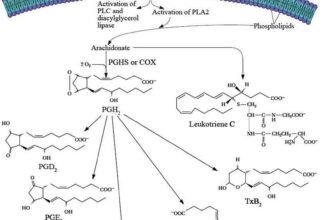
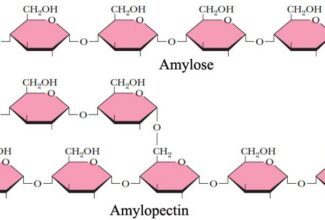

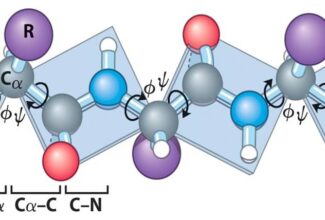
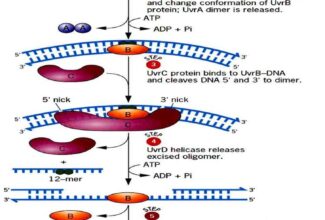





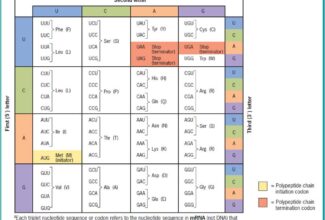







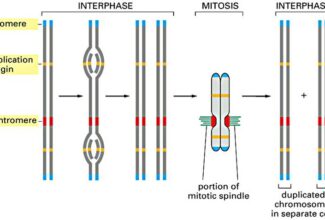









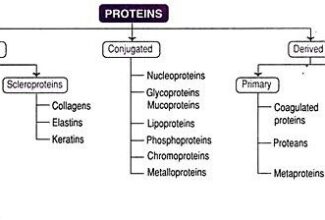






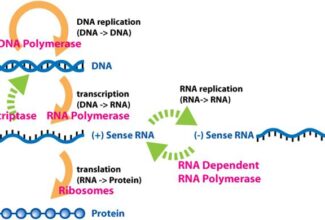
It is very helpful 😊 thank you
[…] Enzyme V(II) Catalytic Mechanisms II: Metal Ion catalysis; Catalysis by Approximation, Strain … […]